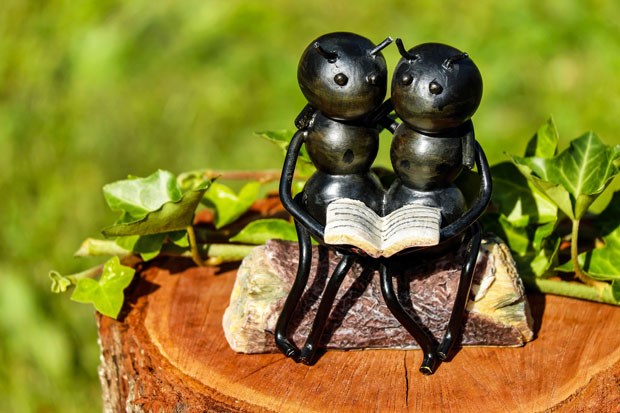It's almost spring and your ants are about to come back to visit, oh yes, the carpenter ants. Next to the termite, the carpenter ant is the next most destructive insect that will invade the structure of your house and slowly chew it away. So let's have a look at carpenter ants. Carpenter ants are among the largest black ants in B.C. These insects usually build their nests in damp, decaying wood outdoors or right in your house. When these ants are discovered in a home, it is a sure sign that there was or is a water leak somewhere in the house and the water damage to the wood was never fixed. These insects will enter your house from the under the soil, along the ground, tree branches touching your roof or wires that lead to your house. When carpenter ants build a satellite nest, a nest in your house that co-exists with the main nest somewhere outdoors, they dig out tunnels in wood and drywall. Unlike the termite that eats the wood (cellulose), the carpenter ant just chews tunnels and discards the sawdust. Other than seeing the ants indoors, the other telltale sign you have a carpenter ant infestation will be the discovery of piles of sawdust. As the ants dig their tunnels, they built up piles of sawdust that need to be removed from the crime scene so the ant push it out away from the nest and sometimes out from the wall where you see it. A long-term infestation with numerous satellite nest in a home often means severe structural impairment and ugly cosmetic damage. To be continued...
Go Green Pest Control owner Randy Bilesky is a long-time South Delta resident. Trained and certified, Bilesky has first-hand knowledge of the pest problems that local homeowners and business owners encounter.


